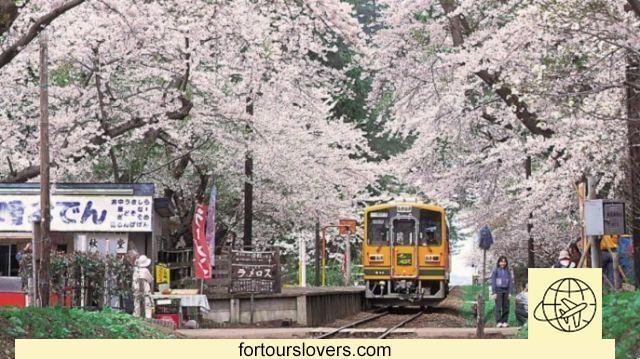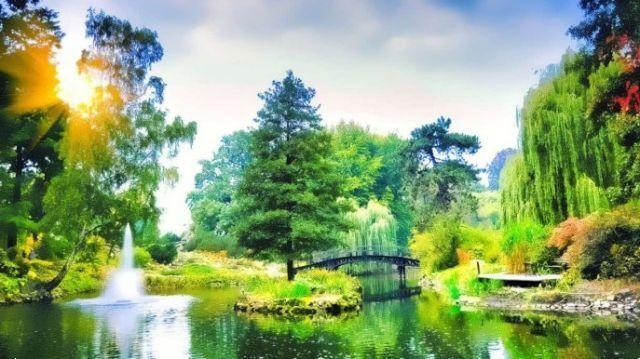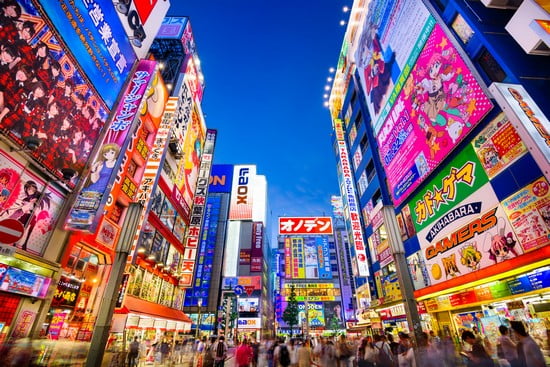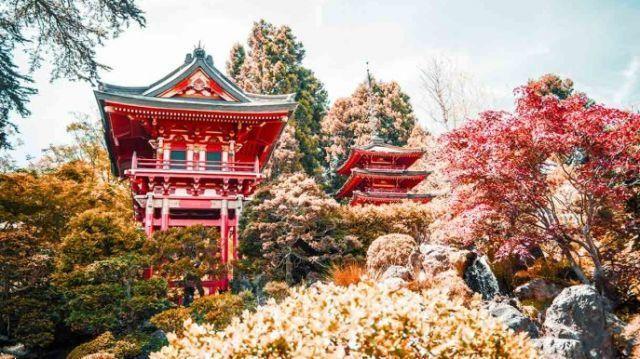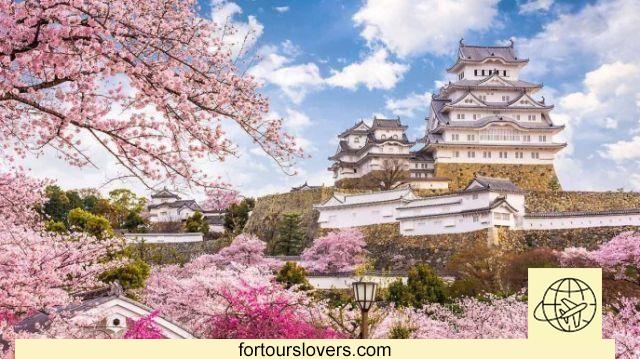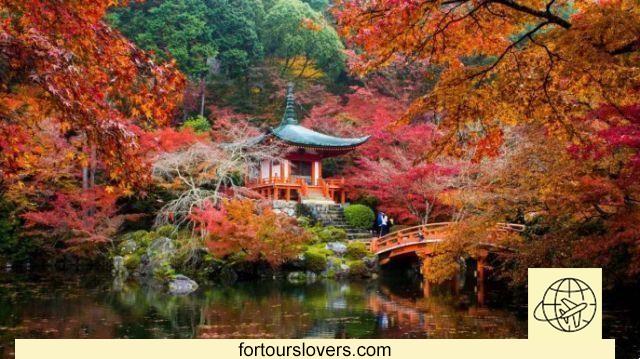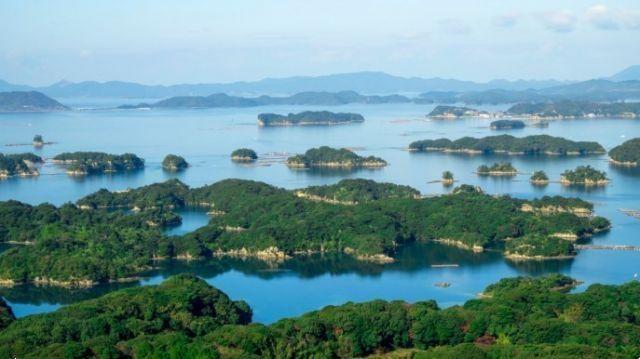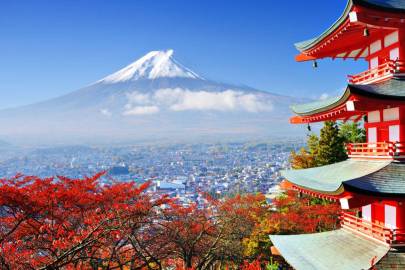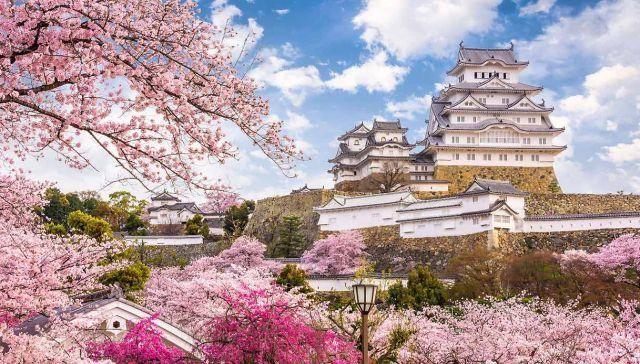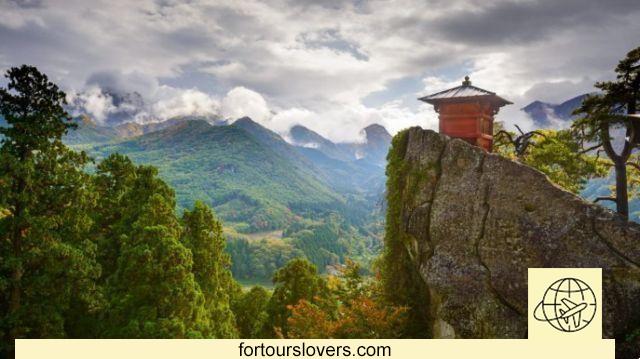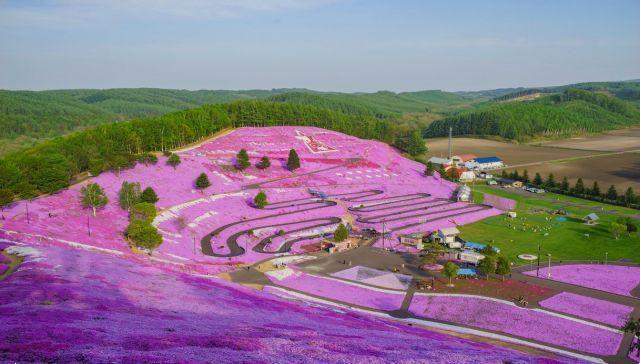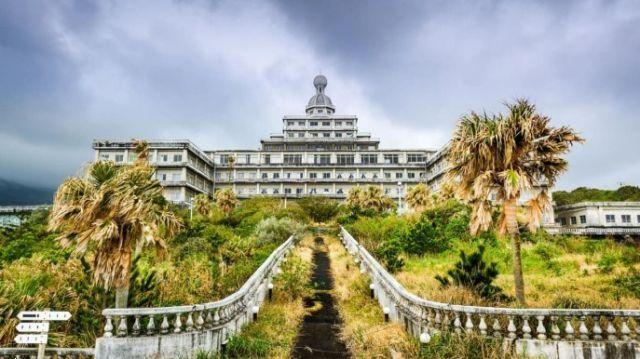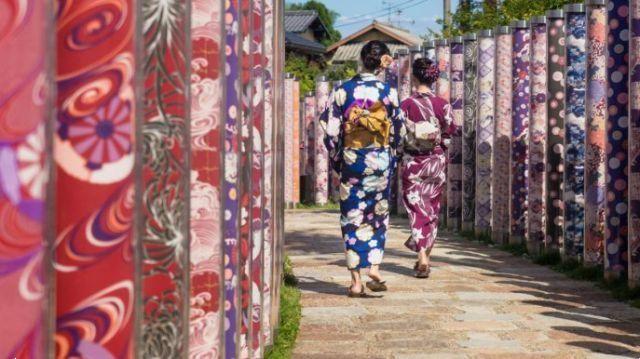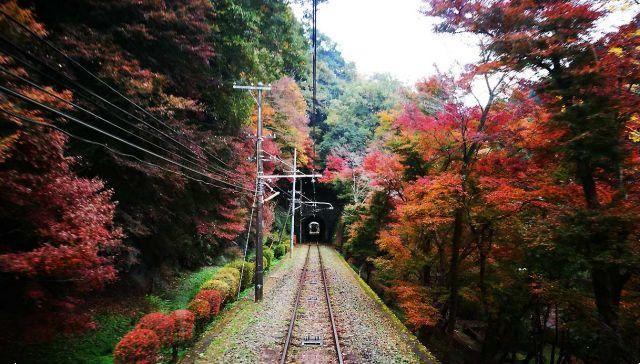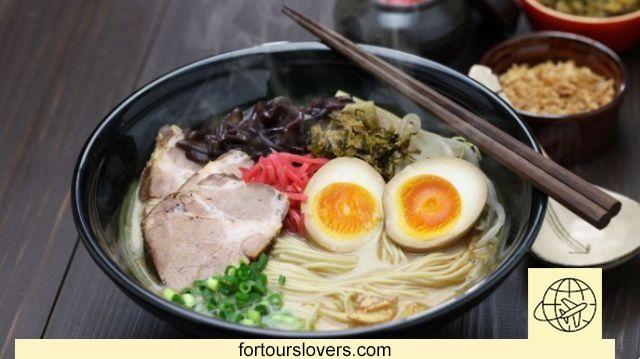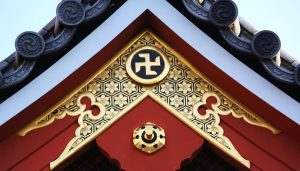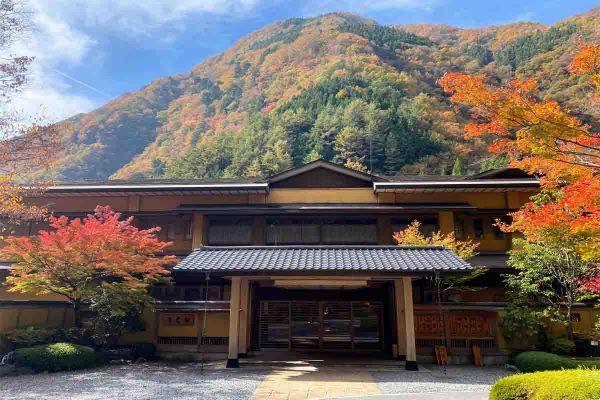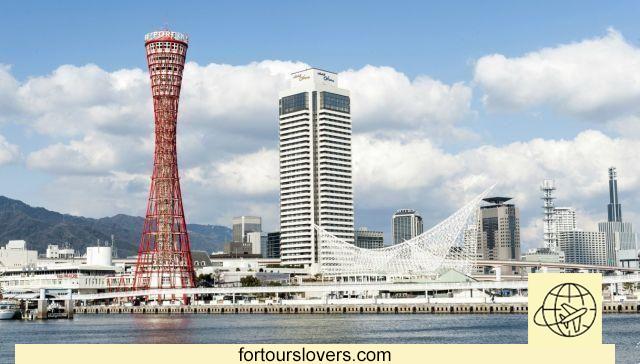
Visit itinerary of Kobe and southern Japan: the Hanshin region, rich in history and evocative places where you can discover Japanese traditions.
Kobe is located in the south of Japan, precisely in the southernmost part of the main island of the Japanese archipelago, Honshu, and within the large metropolitan area of Keihanshin, along with Kyoto and Osaka. The region that covers Kobe is called hanshin and it is a territory where it is possible to admire that incredible balance between momentum towards the future and great care for Japan's own traditions.
Kobe has now resumed his role as Main port from Japan after the devastating 1995 earthquake that brought the city to its knees, and today it is becoming a very popular destination for travelers who come from all over the world to discover this evocative and cosmopolitan city.
Yes from this point of view Kobe has become synonymous with the best known and most valued beef in the world, its territory hides and protects a wide variety of cultural, religious, gastronomic and wine attractions that allow you to come into contact with a still little-known and authentic Japan, where the Ancestral traditions still mark the activities and daily life in Hanshin.
In this guide we will indicate some destinations that you should not miss to discover the most secret side and the oldest traditions of the Kobe region, on a trip to Hanshin.
To discover the secrets of Hanshin, Kobe is the ideal city to start from and use as a base to explore the small towns and suggestive towns in the surrounding area. The first stop is Shinto shrine of Ikuta, considered by many to be the oldest perfectly preserved temple in all of Japan and located in the heart of Kobe, in the elegant Chūō-ku district.
This shrine dates back to the Jingu period, approximately 200 AD. of the Western calendar, and was raised by the Empress in honor of the goddess Wakahirume, a peaceful kami and protector of all that is young and vital, to celebrate the return of soldiers from the Korean Wars. Today the sanctuary is a place of peace and meditation, where you can admire the incredible decorations carved into the wood and immerse yourself in the mystical atmosphere of the sacred forest where centuries-old trees grow.
Continuing along the path of the shrines, to discover the Shinto essence of Japanese culture, it is necessary to leave the center of Kobe to reach the city of Nishinomiya, about 20 kilometers in the direction of Mount Rokko, where the Hirota Temple. This sanctuary is a kind of counterpart to Ikuta, dedicated to the kami of the sun Amaterasu, the divinity linked to the Japanese imperial family and is part of the oldest religious centers in the country.
The temple shares with other sanctuaries of this type a timeless atmosphere, where each object and each natural element seems to transmit great peace. The sanctuary becomes the scene of important representations of the theater no and it is one of the rare places in Japan where the very rare azaleas of the kobanomitsuba tsutsuji variety can grow.
After visiting these important centers of Japanese spirituality and having come into contact with Shinto mysticism, which sees the presence of the divine, of the kami, in all aspects of nature, you can head to the top of the Rokko Mountains, the highest peak in the region.
To reach its summit you can choose to take the Shin-Kobe Cable Car allowing you to quickly reach the summit, or take a wonderful walk through the ancient forests to Rokkōsan-Saikōhō, the highest point of the massif. At the top of these mountains you can admire a splendid view over the entire plain where the city of Kobe is developed, and looking up you can distinguish the first structures of the Kyoto-Osaka metropolitan area.
Staying in the naturalistic area of the Rokko Mountains you can visit the wonderful Nunobiki Falls, a splendid spectacle of nature and a place considered sacred by the Japanese that appears in numerous sacred writings, poems and works of art.
To discover another aspect of traditional Japanese culture you can reach the town of Miyanomae, about 30 kilometers from Kobe in the direction of Osaka, where there is an authentic town that has preserved the typical characteristics of Japanese Middle Ages with wonderful wooden structures, ancient sake distilleries and atmospheric artisan shops.
In Miyanomae you can visit the distilleries who still today process rice to produce the most famous alcoholic beverage in Japanese cuisine, sake, following the methodologies transmitted from father to son. Those looking for an authentic souvenir from Japan or gifts to take home will find some excellent quality handcrafted products here.
Continuing south you reach the industrial district of Amagasaki, famous for being a highly technological production center but which hides some of the oldest and most authentic features of Japanese culture. In fact, here you can visit one of the oldest. Buddhist centers In southern Japan is Tera Machi, literally the city of temples, where in a small area of the city there are 11 temples dedicated to Buddha.
A short distance from Tera Machi you can visit the ruins of castillo de amagasaki, once one of the largest castles in medieval Japan, of which today only the layout of the outer walls and some impressive defensive structures remain. The castle was the scene of some of the biggest battles of the Sengoku Jidai period, when the samurai of the different feudal lords faced each other in a very long struggle for supremacy over all of Japan.





